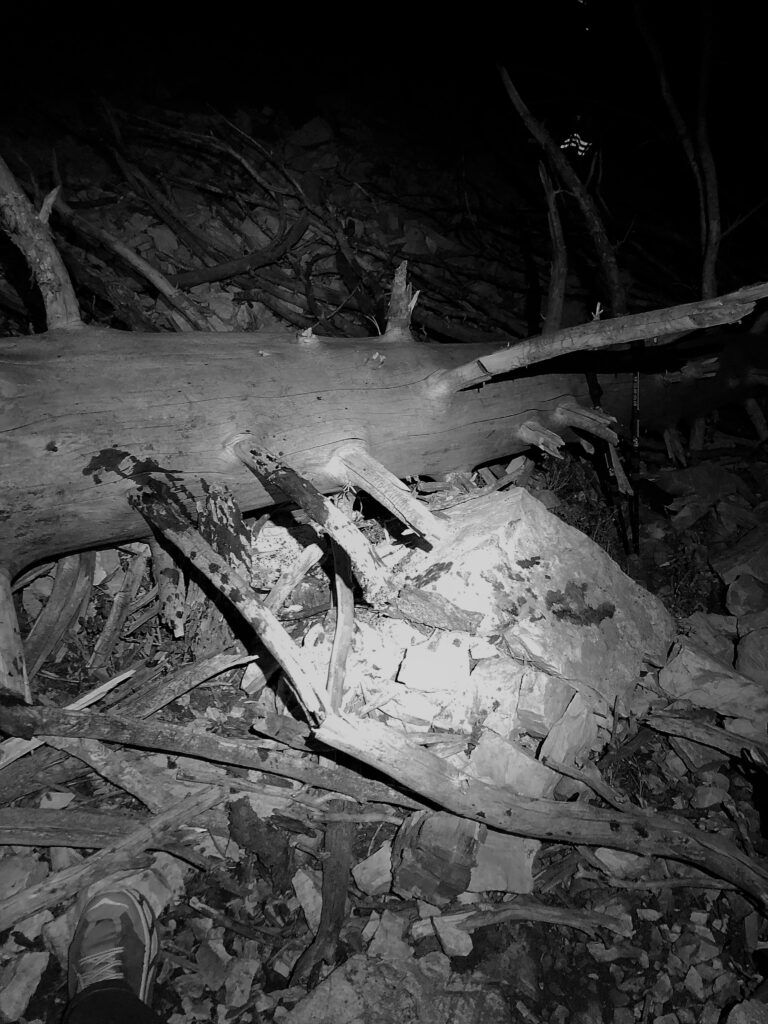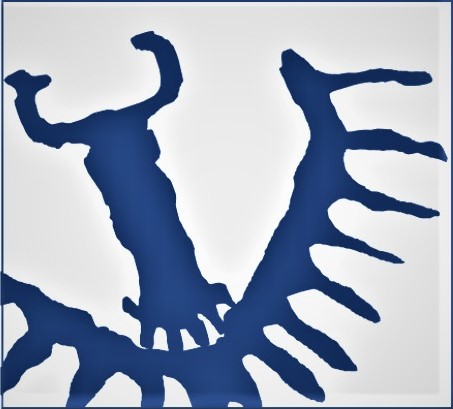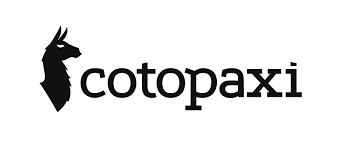I have often wondered what makes some organizations more resilient than others, especially in times of uncertainty? A traumatic hiking accident taught me five important lessons which are more relevant now than ever before. The first is the importance of a deep sense of identity. (8-minute read)
The Hike
My family and I live in the shadow of the Wasatch Mountains near Salt Lake City. We enjoy the beauty and majesty of the mountains and the many outdoor activities they offer year-round. On the afternoon of November 3, 2020, two friends and I climbed to the top of Mt. Olympus, a prominent, 9000 ft., triangular-faced peak on the east side of the valley. After summiting, we decided to make our way down the backside of the mountain by way of an unmarked route. All three of us were experienced hikers, in good shape, and relatively well prepared. But none of us were fully ready for what happened that night.

The sunset that evening was spectacular! The weather was beautiful, with no snow on the ground and pleasant temperatures for early November. We scrambled our way down the most treacherous part of the climb without incident. As the sun went down, we donned our headlamps and continued working our way through the rugged terrain. We stopped several times to take pictures of the lights in the Salt Lake Valley; they were framed by the dusky silhouette of the mountain we’d just climbed and the backdrop of a cobalt blue and peach-orange sunset.

But the beauty of that moment was lost when shortly after 6:00 p.m. I began to cross a ledge above a steep scree field. My friends were a few yards in front of me and out of sight and earshot.
Upside Down
I remember ducking under the branch of a pine tree, looking down at the ledge, and adjusting my headlamp. As my eyes adjusted to the light, I took another step forward and suddenly felt my foot slip out from under me.
In that instant, I was thrown into a world of strange physical sensations and unusually lucid thoughts. I’ve since learned that it’s not uncommon for people to experience heightened levels of self-awareness and clarity during traumatic moments. Initially, I was surprised that I was falling through the air. Then, even before I hit the first rocks a few feet below, I had a distinct feeling of embarrassment. Only months earlier, I’d fallen eight feet from a ledge in Southern Utah while mountain biking; so, while I was literally in the air, I thought, “I can’t believe this is happening again!” Then I hit the rocks of the scree field and began tumbling. I remember feeling perplexed by my momentum as I unsuccessfully tried to stop myself.
The Impact
Suddenly, my head connected directly with a large rock and made a loud cracking sound. In my heightened sense of clarity, I thought rather matter-of-factly, “I think I just cracked my skull.”
My tumble continued until I was finally stopped by a large, dead, downed pine tree. I hit the tree with so much force that I sheared off several branches. When I stopped, my first worry was, “What am I going to tell my wife?” Even under those extreme conditions, I immediately focused on my family. I tried to stand up through the sheer force of adrenaline, thinking perhaps I could still hike out. But, as I tried to maneuver to sit up, my body stopped cooperating, and I slumped back down on the rocks with the seriousness of my injuries sinking in

The Lesson: Resilient Organizations Have a Deep Sense of Identity
In a similar way, though hopefully less traumatic, organizations, teams, and leaders often find themselves in environments where everything they thought they knew abruptly changes. These sudden upheavals push us out of our comfort zones into places we never dreamed of. The COVID-19 pandemic and the rising instability in Europe, have provided very poignant cases in point.
However, and as highlighted by my lucid thoughts while tumbling down the rocks, although I had no control over my immediate environment, my deeper sense of identity did not change. My core sense of self was intact: I knew my primary purpose was to survive and get back to my family. I still valued the things I valued before I lost my footing, perhaps even more than before!
Similarly, when an organization possesses a deeper sense of identity it can help them survive their own upheavals. But, unlike individuals, many organizations don’t have a strong, positive, enduring identity. Instead, they often feel more like empty facades where employees crave more purpose and meaning, but usually get less.
The Organizational Identity Continuum
I usually explain this concept with a diagram; a continuum of abstraction. (see below)
The why
On the left end of the continuum, the “deep” end, are highly abstract elements of an organization such as values, purpose, and vision. These elements explain why an organization or team exists and engage employees’ hearts and passion.
The what
In the middle of the continuum are things like mission, strategy, and objectives. These often explain what an organization is trying to accomplish. They give employees a sense of direction and of broader objectives and approach.
The how
On the right end of the continuum are the concrete elements which emerge out of the whys and whats. These elements include every device and tool leaders use to execute their plans and “manage” their people. Examples include organizational charts, work processes, policies, roles and responsibilities, standard operating procedures, etc., etc. These answer the question of how we want to achieve our shared objectives and collective purpose.

Organizational leaders often spend most of their time focused on the more concrete what and how at the center and right end of the diagram. In an attempt to operate more effectively and efficiently, leaders define and refine what the organization is trying to accomplish and how the organization should operate to achieve those objectives. This isn’t bad—in fact, it’s necessary. However, if an organization neglects the more abstract end of the continuum, the values, purpose, and vision, which define why the organization exists, they run the risk of imploding when their environment gets severely upended.
An Organizational Identity Crisis
Disruption of the how
When an organization experiences a sudden and dramatic change in its environment, the concrete aspects of its identity are the first to go. Tools, techniques, policies, and procedures which once worked well in the prior environment quickly become irrelevant. (For example: If we owned a restaurant at the beginning of COVID-19, we could no longer host guests in our dining room due to the virus. So, all the work processes, routines, tools, and skills associated with serving customers inside our restaurant became irrelevant.)
Disruption of the what
If the disruption is severe enough, it will next call into question the directional what elements of an organization’s identity. (If we can’t seat people in our restaurant, or even receive our food shipments, then our quarterly objectives, our marketing strategy, and our current business plan no longer make sense either.)
Disruption of the why
And if the disruption is extreme and the environment is completely upside down, this new reality pushes all the way down to the abstract end of the continuum. Then, organizational leaders are forced to ask whether their deepest sense of identity is still relevant at all. (We are a restaurant that cares about our community and our customers. We survive by serving them high-quality, great-tasting food. Can we still do—or be—that?) But if there’s nothing substantive or genuine at the left end of the continuum to ground the organization, it will experience a severe identity crisis, and its odds of survival go down dramatically.
In contrast, when an organization has a legitimate higher purpose and/or a set of genuine core values which (as Robert Quinn and Anjan Thakor say 1) “arbitrate” the rest of the identity, the more concrete elements can be thrown into question, but the deeper abstract identity stays firm. That relative bedrock of values and higher purpose will guide the organization as it adapts to change and reshapes the elements at the center and right end of the identity continuum.
Cotopaxi’s Deeper Identity
A Utah-based, outdoor clothing and gear company called Cotopaxi provides a great example of establishing and living by a core identity. Cotopaxi operates by a simple but profound credo to “Do Good.” They also have a working mission of, “Gear for Good.” Cotopaxi’s higher purpose is to use a percentage of their business earnings to become a force for good in the world and, specifically, to help people out of poverty in developing countries. Cotopaxi is one of a growing number of certified “B Corporations” that have made commitments to balance purpose and profit.
During the pandemic, Cotopaxi experienced many of the same disruptions to their business as every other company. But their deeper purpose, who they really are at the core, didn’t change. Although Cotopaxi had to adapt in many ways, their strong core purpose allowed them to improvise beautifully. One small example: Once the pandemic hit, they quickly pivoted to design and produce one of the most popular masks on the market. Then, they partnered with a non-profit organization to distribute their masks so that for each mask sold, one mask would be given to someone in an underserved population at no cost! Because of this and many other improvisations, they have weathered the storm well.
This kind of stability, adaptability, and resilience only comes from a deeper sense of identity that’s abstract enough, and stable enough, to apply to a host of different and changing environments. So, lesson number one for improving an organization’s resilience in turbulent times is to establish a deeper, genuine sense of identity and purpose long before the crisis occurs!
If you’re interested in learning more about the organizational identity continuum, organizational resilience, or Ferron Creek consulting, please contact me at stuart.larson@ferroncreek.com. We’d love to see what we can do for your organization!
Next week: 3,000 feet above the canyon floor, coming to grips with a new reality.


Comments are closed